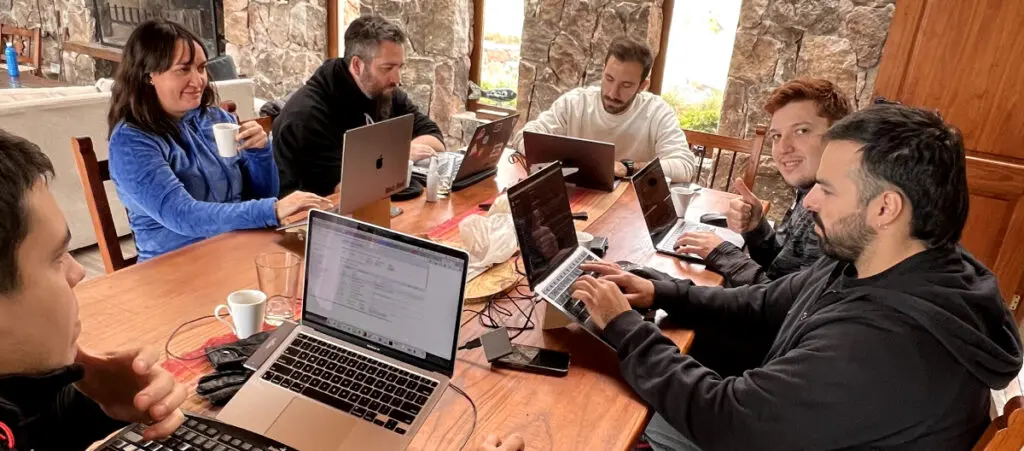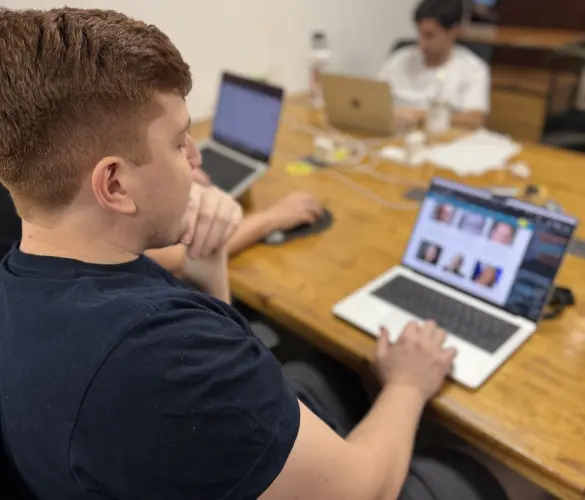In any complex WordPress development project, clear and consistent communication can often be the deciding factor between success and frustration.
Anyone with experience in large WordPress projects involving multiple team members with different skills and functions knows how easy it is for misunderstandings to derail them. That’s why it’s important to know how to prevent them.
Recently, my team has experienced misunderstandings firsthand, and the lessons learned have transformed how we collaborate across teams. This post will explain what my team was going through and how we worked it out.
Hopefully, it will contribute to helping your team work out any communication challenges they face.
Communication Challenges That Come Up During Complex WordPress Development Projects
In our project, multiple teams were involved, each with their own priorities: designers focused on aesthetics, developers worked on functionality, and QA ensured everything met the necessary specifications.
It’s natural for each group to approach the project from a different perspective since each member comes from a different background and uses different techniques to achieve their goals. However, when those perspectives don’t align, it can also lead to misunderstandings.
In this context, we faced a recurring challenge: how information was shared—or rather, how it wasn’t.
There were times when updates from daily stand-ups didn’t make their way into Asana, our task management tool. For instance, we might discuss a design change in a meeting, but because the designer was busy, the corresponding Figma file wouldn’t be updated immediately. As a result, Asana remained outdated, too.
The result? Developers made changes as agreed upon during the meeting. However, since this change was never documented, when QA looked at the task later, they wouldn’t see the necessary context, leading to confusion and unnecessary back-and-forth.
How We Addressed These Challenges
To fix this, we needed to tighten up our communication across teams. First, we ensured that every meeting, no matter how small, had its key points documented in Asana. This ensured everyone, especially QA, had the context they needed to review tasks.
We also focused on opening communication channels, relying more on tools like Slack for quick clarifications and setting up spontaneous video meetings when necessary.
But beyond tools, the biggest shift came from fostering a culture where asking questions was not only okay but encouraged. I personally made it a habit to ask more questions, even if I thought I knew the answer.
The goal was to eliminate any ambiguity upfront rather than trying to guess what the requirements might be.
The Results: A More Efficient and Motivated Team
The results were immediate.
Before improving our communication, many tasks would spill over into multiple sprints, sometimes staying open for two or three sprints without closure. Once we made these changes, tasks were completed more quickly, and our sprints were closed on time.
Improving communication also had a significant impact on the team’s morale. We had all been feeling frustrated by the inability to close tasks, but as things improved, that frustration lifted, and we regained a sense of progress.
Moving Forward with Enhanced Communication
One of the biggest lessons I’ve taken from this experience is the importance of empathy. Making an effort to understand each team’s different challenges and priorities helped foster a more collaborative mindset.
I’ve also learned that active listening and proactive problem-solving are key to preventing issues before they arise.
Moving forward, we’re working on standardizing these practices so that every project benefits from a more streamlined communication process. Our team is also planning to host workshops on improving communication skills to ensure we continue growing in this area.
In conclusion, enhancing communication across the various teams that make WordPress projects possible helps keep everything on track and fosters a sense of unity and shared purpose. With better collaboration, we’re not just meeting deadlines but building stronger, more efficient teams at the same time.
If you found this post useful, read our blog and developer resources for more insights and guides!
Related Articles
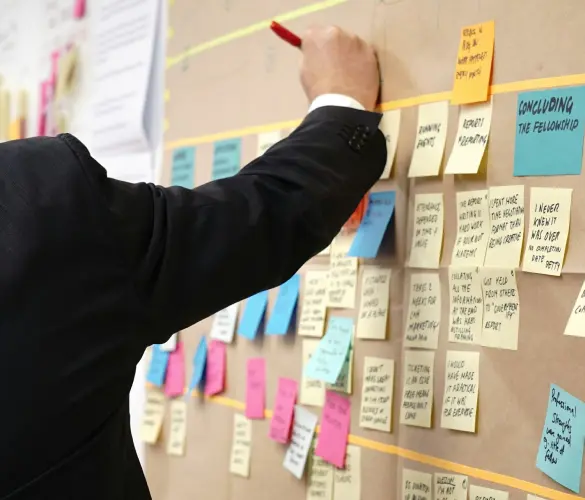
Business / 12 min read
Business / 12 min read
How to Take on More WordPress Development Projects While Maintaining Quality
As a digital agency that provides WordPress services, your job is to take on as many projects as possible while maintaining the highest quality. This is easier said than done…
Read More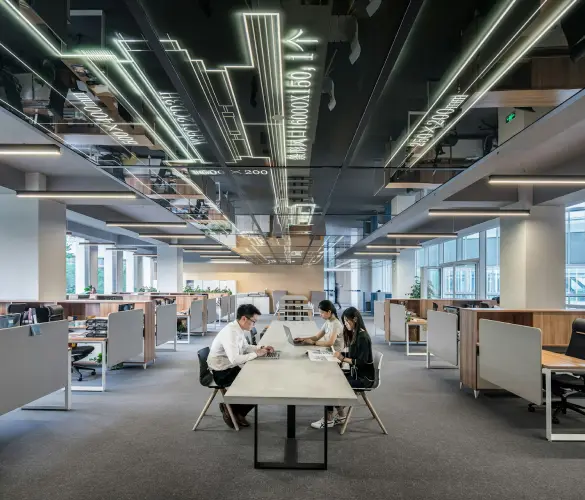
Business / 9 min read
Business / 9 min read
How to Choose a WordPress Development Agency to Scale Your Projects?
When your agency starts to scale, you may decide that a big part of your expansion will be providing WordPress services. If that's the case but you don't have an…
Read More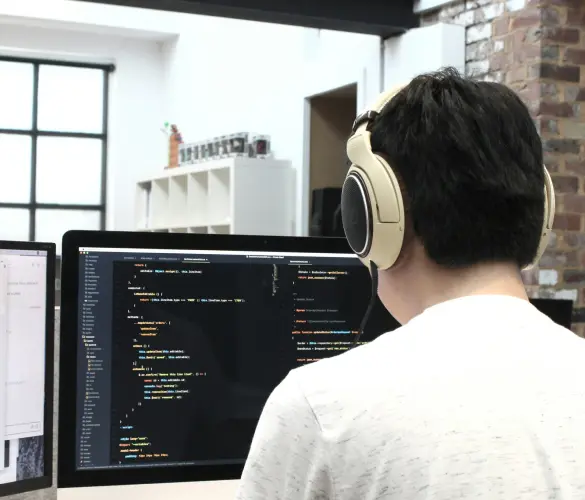
Business / 7 min read
Business / 7 min read
How to Optimize Time and Resources in WordPress Projects
WordPress agencies need to optimize and human resources use in order for their services (development, QA, design, etc.) to be profitable. They need to plan these projects very thoroughly to…
Read More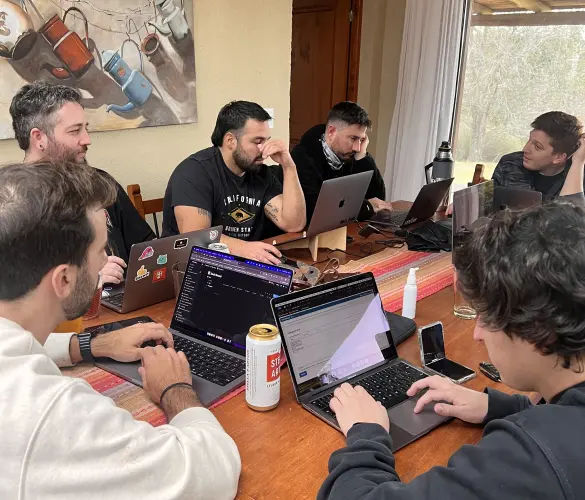
Business / 11 min read
Business / 11 min read
How WordPress Outsourcing Can Help Scale Your Agency
WordPress development outsourcing is becoming more frequent and affordable every day, helping global digital agencies of all sizes scale their services without the long-term investment of hiring an in-house team.…
Read More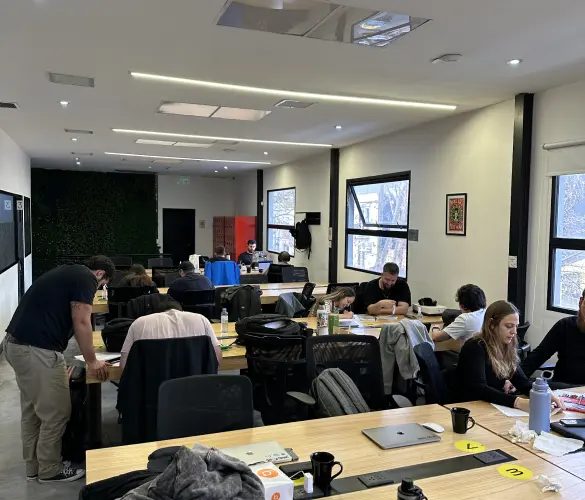
Business / 8 min read
Business / 8 min read
What Is a White Label WordPress Development Agency?
A white label WordPress development agency is a company of WordPress developers, QA analysts, and project managers who provide outsourced services to digital agencies that lack a development team. Importantly,…
Read More